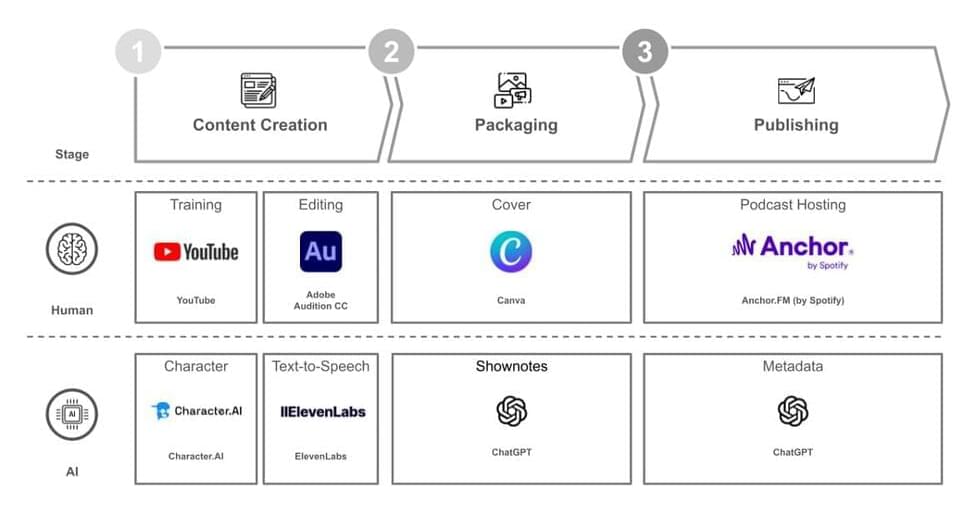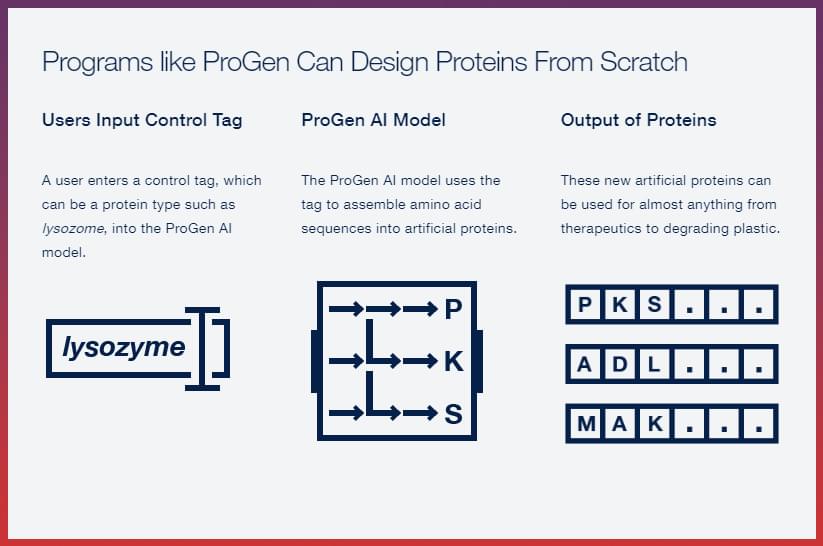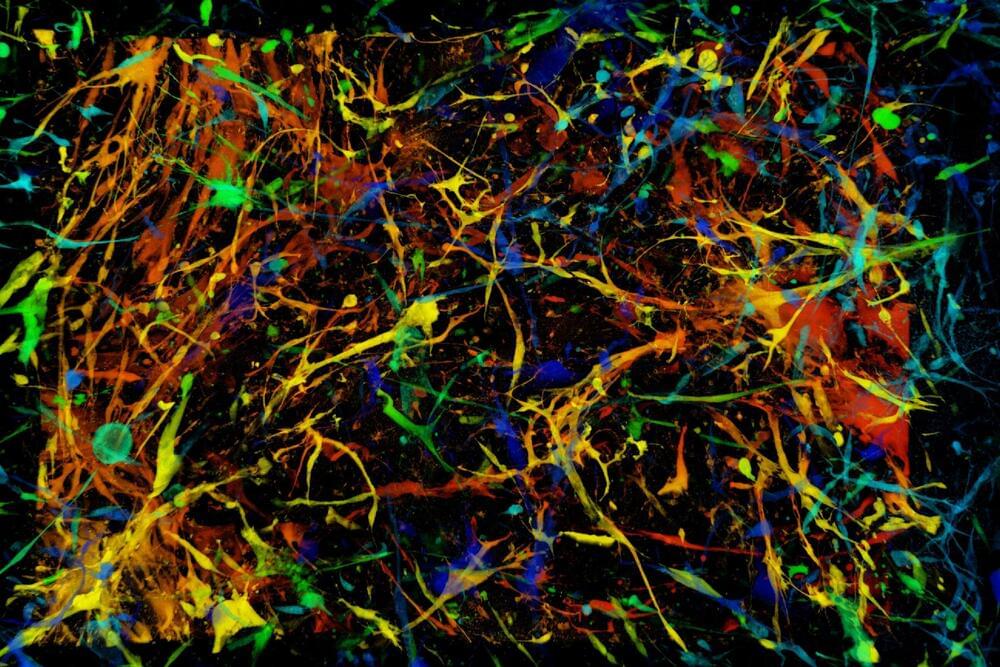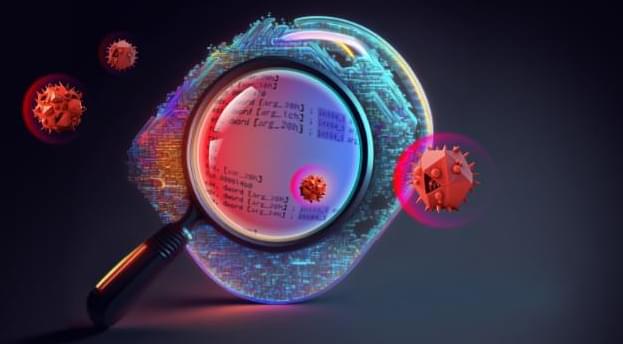19 minutes in, “At this point I think things are going pretty damned well,” when talking about if the middle-aged will benefit.
Life-Extension pioneer Dr. Aubrey De Grey discusses the LEV & SENS foundations, the latest trends in anti-aging research, new animal trials anticipated to double or triple life expectancy, and increased social acceptance for the disease model of aging.
Dr. Aubrey de Grey is President and CSO at the Longevity Escape Velocity (LEV) Foundation and Co-founder at the SENS Research Foundation. He’s also the author of The Mitochondrial Free Radical Theory of Aging and co-author of Ending Aging.
Dr. De Grey is generally recognized as one of world’s leading experts in longevity research, and is an international adjunct professor of the Moscow Institute of Physics and Technology, a fellow of the Gerontological Society of America, the American Aging Association, and also the Institute for Ethics and Emerging Technologies.
Dr. De Grey has a BA in Computer Science, studies in Bioinformatics, and a PhD in Biology from the University of Cambridge.









